What Do You Know About Nano Brick Coating?
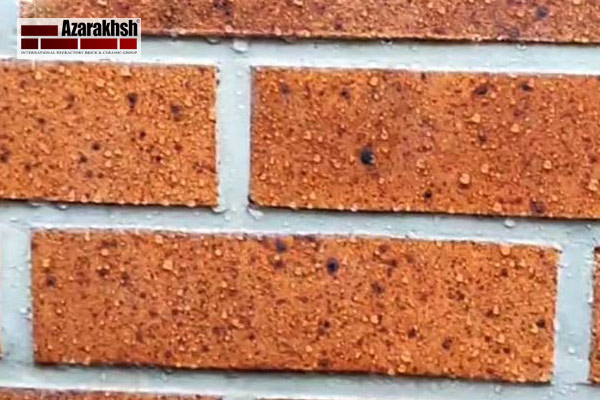
Nanotechnology has had significant impacts on the construction industry and the improvement of materials such as brick. In this article, we discuss the application of nanobrick coatings in enhancing the strength and durability of bricks while adding other remarkable features.
Nanotechnology is a term we have frequently heard in recent years, and we have long witnessed the use of this advanced technology in various fields. Since the construction industry has not been exempt from it, in this article we focus on this advanced technology, its impact on this influential industry, and particularly on nano bricks. Stay with us until the end of this article, as the performance of this technology in bricks is truly outstanding.
The 21st century is considered one of the most important times for industries, and the presence of advanced technologies such as nano adds to its significance. The “nano century” has been called the century of efficiency, health, and comfort, and because of the revolutionary changes it has brought, it is also referred to as the “Renaissance of Technology.”
Harnessing the properties of matter at the nanoscale promises benefits that can fundamentally transform all aspects of human life, bringing considerable advantages. To gain a better understanding of this technology, let us first look at its history.
History of Nanotechnology
The life of nanotechnology spans about half a century, though in the past it was referred to as “atomic physics.” This may be why many mistakenly believe it to be a new science.
The first person to study it was K. Eric Drexler, who began his research at the renowned MIT laboratory belonging to the Foresight Institute with biological systems. Through extensive research and discoveries, he realized it was possible to produce molecular machines. In this way, he introduced nanotechnology to the world.
Interestingly, the word “nano” comes from a Greek word meaning “dwarf,” referring to its tiny scale.
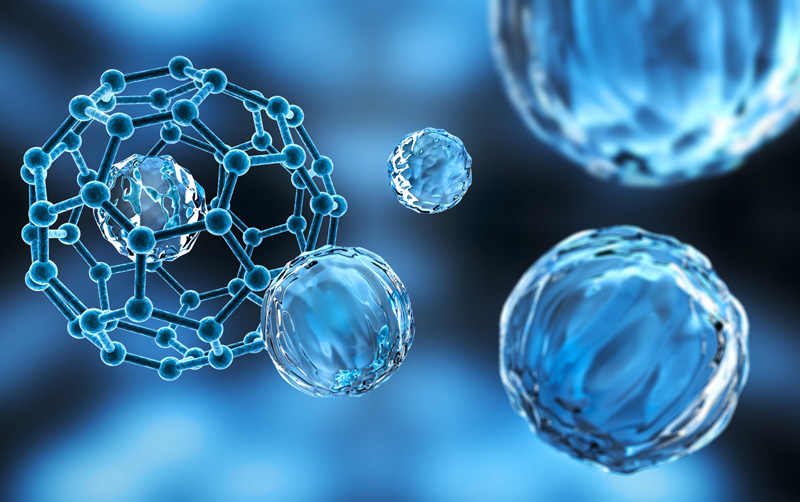
What is Nanotechnology?
Simply put, nanotechnology is a branch of research and innovation related to materials and equipment at the scale of atoms and molecules, focusing on controlling matter and producing devices at the nanoscale. In other words, it involves using new properties of materials and systems at the nanometer level, which show novel effects influenced by quantum properties.
One nanometer equals one-billionth of a meter, about ten times the diameter of a hydrogen atom. For perspective, the diameter of a human hair is on average 8,000 nanometers. At such scales, normal physical and chemical laws—such as reactivity, conductivity, and resistance—behave differently.
According to researchers, nanotechnology is one of the sciences shaping technological advances of this century. Its use paves the way for intelligent solutions to produce diverse products with unique features.
Advantages of Nanotechnology
So far, nanotechnology has played transformative roles across many fields. Below are three of its most important advantages:
- Mass production of products while significantly reducing costs.
- High potential to increase energy efficiency, helping protect the environment and, in turn, resolve health challenges.
- Products created using nanotechnology are often smaller, cheaper, and lighter and require fewer raw materials for production.
Nanotechnology in the Construction Industry
The construction industry is one of the most important and influential industries, especially in energy efficiency. Many programs have been developed to continuously improve this sector, enhance building components, increase safety, and simplify maintenance.
The building sector interacts with materials more than any other industry, making sustainable materials that minimize environmental damage highly important. For this reason, choosing eco-friendly materials such as brick has attracted much attention.
The most important application of nanotechnology in construction is the optimization of materials, which is seen as a promising outlook for the future. Therefore, investment in and adoption of nanotechnology in this field are of great importance. Buildings must increasingly adopt modern technologies such as nanotechnology to boost efficiency and reduce energy loss.
In general, adding nanoparticles to construction materials makes them stronger, more durable, self-healing, air-purifying, fire-resistant, and quickly compactable. Achieving self-cleaning properties—reducing costs—is also possible through nano coatings and surface treatments.
The Role of Nanoparticles in Construction
Particles such as titanium dioxide (TiO₂), aluminum oxide (Al₂O₃), and zinc oxide (ZnO) are used as final coatings on construction materials, providing them with useful properties. These particles act in three ways:
- Titanium dioxide (TiO₂): Breaks down pollutants, protects against UV light, and prevents rainwater from penetrating surfaces like tiles and glass.
- Zinc oxide (ZnO): Protects against the harmful effects of UV radiation.
- Aluminum oxide (Al₂O₃): Prevents fungi, mold, and bad odors while increasing scratch resistance.
Nano Brick Coating
Due to its unique properties, brick has long been used in structures, interiors, and facades. Although durable, bricks can absorb water, dust, and pollutants, which weakens them over time. Enhancing their protection ensures greater longevity.
In recent years, nanotechnology has increasingly been applied to bricks. This technology involves spraying a liquid nano coating on the brick’s surface, which protects it for 5–10 years. But what exactly does this coating do?

How Nano Brick Improves Brick Quality
In polluted urban environments, building facades—including brick ones—are constantly exposed to contaminants. Because of the pores in bricks, dust and particles can lodge in them, requiring frequent cleaning. The solution: applying a nano coating.
Nano coatings form strong bonds with bricks, acting as a shield against weather conditions like rain and snow. Nanoparticles create a molecular network up to 3 mm deep within the brick, delivering remarkable results.
The Hydrophobic Role of Nano Brick
One of the key reasons people use nano coatings on bricks is to make them water-repellent.
Brick is porous, and water easily penetrates it. When water evaporates, dissolved salts remain on the surface, leaving unsightly stains. Nanoparticles fill the pores in such a way that water and dust cannot enter, making rainwater bead and roll off the surface.
By increasing the contact angle, nano coatings transform water droplets into spheres, preventing them from sticking to the surface. This hydrophobic layer also protects against discoloration and efflorescence (salt deposits).
As a result, bricks resist cracking, erosion, and frost damage. In short, nano reduces brick permeability.
Benefits of Nano Brick Technology
- Microscopic uniformity: Fills pores up to 3 mm deep, blocking particles while allowing the brick to “breathe.”
- Chemical resistance: Protects against oils, salts, and chemicals.
- Reduced cleaning and maintenance costs: Bricks stay clean longer and can be washed with plain water.
- UV resistance: Nano layers filter harmful UV rays.
- Durability: Significantly increases lifespan.
- Anti-microbial: Prevents mold, algae, and bacteria growth.
- Anti-graffiti: Prevents writing or painting on the surface.
- Invisible protection: Does not alter the brick’s physical or chemical appearance but penetrates deeply for long-term effectiveness.
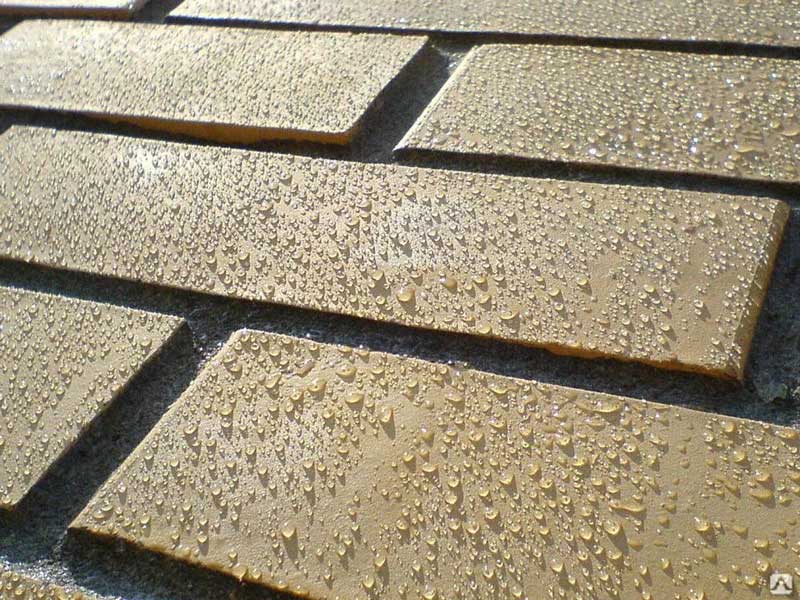
Conclusion
Today, nanotechnology is present in nearly every industry, including construction. In this article, we examined its role, particularly in bricks.
Nano coatings give bricks unique features like water repellency and durability against external factors—all without altering their appearance. By applying nano brick coatings, many potential problems are prevented.
Thus, combining nano coatings with durable bricks, such as Azarakhsh fire-resistant facade bricks, creates an exceptional and long-lasting solution that future generations can benefit from.










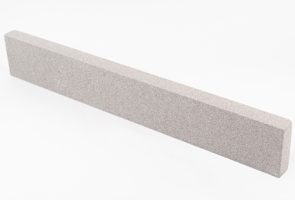
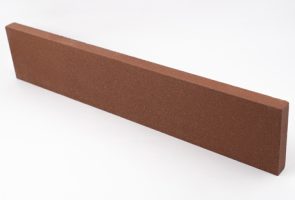

Comments
Your feedback is important to us. Please share comments or ask questions you haven’t found the answer to yet.